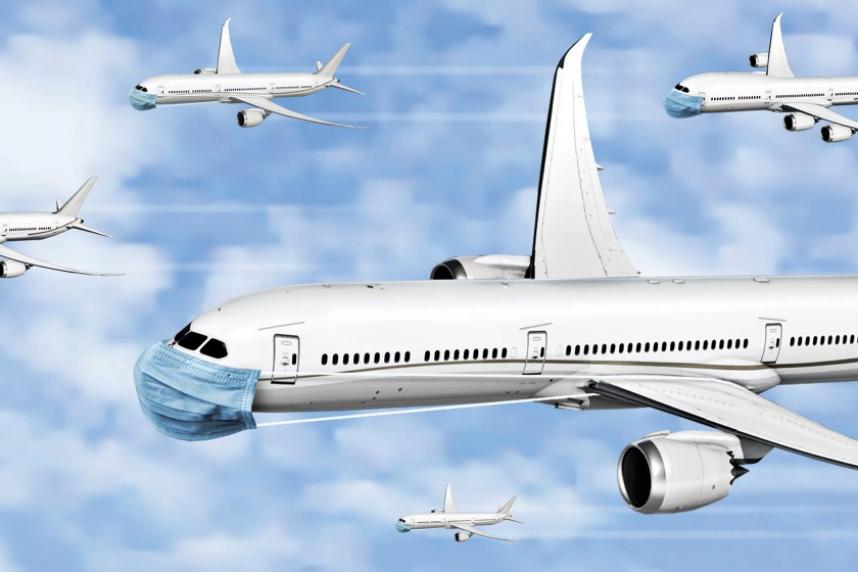
The Centers for Disease Control and Prevention has identified nearly 11,000 people who were potentially exposed to coronavirus while flying.
This comes after the CDC investigated 1,600 people who flew while at risk of spreading COVID-19. The agency says that a significant amount of the people exposed fell ill with the virus, but there could be more cases due to incomplete contact tracing information and the virus incubating over several days.
Caitlin Shockey, a spokeswoman for the CDC’s Division for Global Migration and Quarantine, said: “An absence of cases identified or reported is not evidence that there were no cases. CDC is not able to definitively determine that potential cases were associated (or not) with exposure in the air cabin or through air travel given the numerous opportunities for potential exposure associated with the entire travel journey and widespread global distribution of the virus.”
Despite this, the CDC has recognised that the virus does not spread as easily on planes as other indoor settings as the air is filtered. The organisation has also emphasised that travelling on planes does put you at risk by being in close proximity to people for long periods and encountering frequently touched areas in planes and airports.
This follows other studies in Asia and Europe where scientists believe the virus has spread on commercial flights. According to a study published in a CDC journal, one of these included a flight where passengers were wearing N95 masks, which are thought to offer some of the best protections against the virus. Another analysis published by the International Air Transport Association in August showed how a 2 March flight from Britain to Vietnam saw one symptomatic passenger that likely spread the virus to 15 other people.